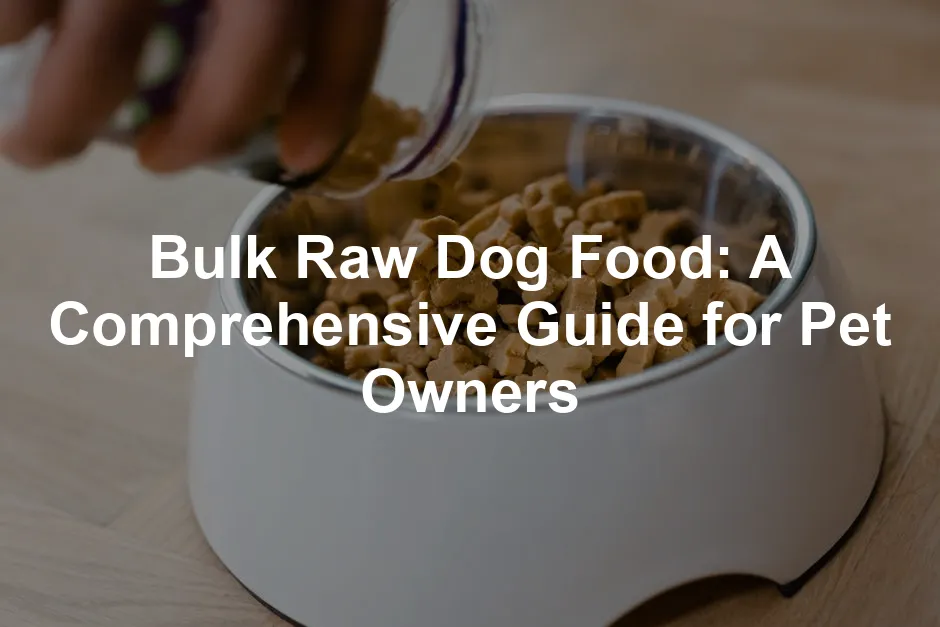Introduction
Have you considered switching your dog to a raw diet? Bulk raw dog food is becoming increasingly popular among pet owners. This trend isn’t just a fad; many believe it leads to healthier, happier pets.
Feeding your dog a raw diet can improve digestion, energy levels, and coat quality. Plus, it often proves more cost-effective than traditional dog food. This guide will help you navigate the world of bulk raw dog food, ensuring you make informed choices for your furry friend.
If you’re looking for a comprehensive guide to raw feeding, consider picking up a Raw Dog Food Recipe Book. It’s packed with delicious and nutritious recipes that will have your pup begging for more!
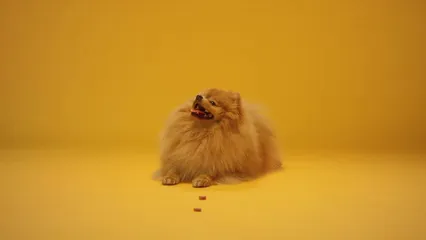
Summary and Overview
So, what exactly is bulk raw dog food? It refers to purchasing larger quantities of raw ingredients for dog meals. Raw diets generally include meats, bones, organs, and sometimes vegetables. These diets can offer numerous benefits, but misconceptions can lead to hesitation.
The trend of raw feeding is gaining momentum, with many pet owners noticing significant health improvements. A raw diet can lead to better nutrition and overall well-being for your dog. Plus, buying in bulk can save you money and effort in the long run.
In this article, we will cover everything you need to know, from sourcing high-quality ingredients to tips on feeding your dog raw food.
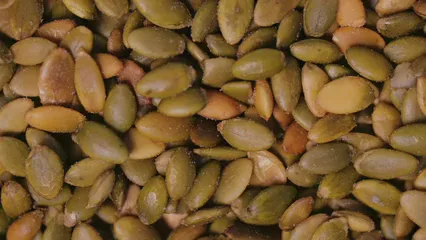
The Benefits of Bulk Raw Dog Food
Nutritional Advantages
Switching to a raw diet can provide multiple nutritional benefits. Many pet owners report improved digestion and healthier coats after making the change. Increased energy levels are another common observation.
Studies show that transitioning to raw food can lead to noticeable health improvements, enhancing your dog’s vitality. If you want the best for your pet, consider these raw dog food benefits as you make your choices.
To ensure you’re measuring the perfect portions for your pup’s meals, a High-Quality Dog Food Scale can be a game changer. No more guessing! Your dog will appreciate the accuracy—trust me!
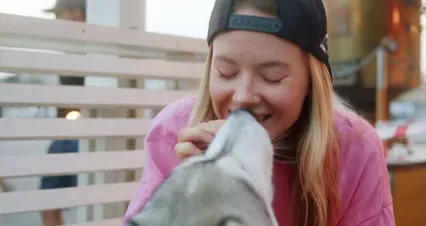
Cost-Effectiveness
Buying bulk raw dog food can significantly cut costs compared to purchasing smaller packages. When you calculate the price per meal, bulk purchases often offer better pricing than traditional dog food options.
For instance, a bulk package might provide a week’s worth of meals at a fraction of the cost of smaller bags. If you’re currently spending a lot on dog food, it’s worth calculating how bulk pricing can save you money.
Switching to bulk raw food could be a smart financial move for both you and your pet.
Plus, storing that bulk food is a breeze with Dog Food Storage Containers. They keep the food fresh and safe from pesky pests. Because who wants a mouse party in their dog’s dinner?
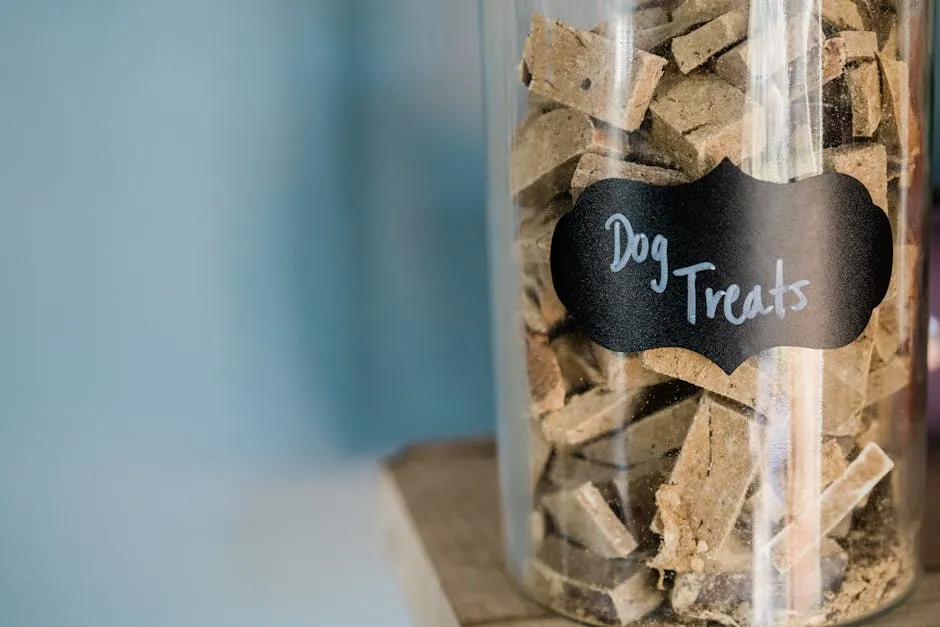
Understanding Raw Dog Food Ingredients
Types of Ingredients
When it comes to raw dog food, understanding the ingredients is crucial. The main components include meat, organs, bones, and sometimes vegetables. Each plays a vital role in your dog’s diet.
Meat is the primary source of protein. It fuels energy and supports muscle health. Organs, like liver and kidney, are nutrient powerhouses packed with vitamins and minerals. Bones are essential for calcium and help keep your dog’s teeth clean.
Vegetables can provide fiber and additional nutrients. They support digestion and add variety to meals. However, not all vegetables are safe for dogs, so it’s wise to research which are beneficial.
When sourcing these ingredients, quality matters greatly. Fresh, high-quality ingredients ensure your dog gets the nutrients they need. Poor-quality ingredients can lead to health issues. Always check ingredient lists when purchasing bulk raw food to make sure you’re providing the best for your pet.
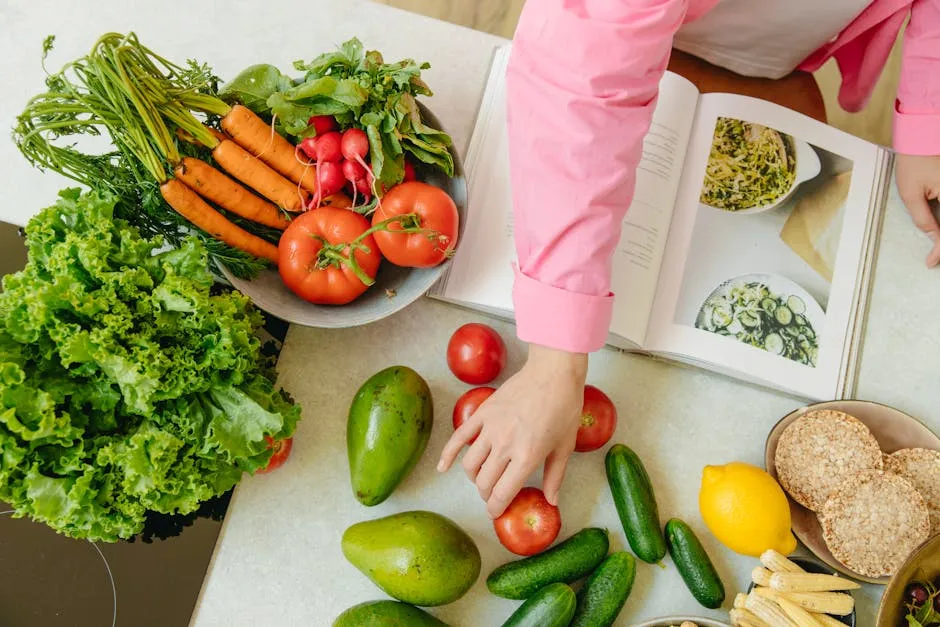
And speaking of quality, don’t forget to stock up on a Pet First Aid Kit. You never know when your adventurous pup might need a little extra care!
Avoiding Harmful Ingredients
Commercial dog foods often contain harmful additives. These can include artificial preservatives, fillers, and by-products. Such ingredients can lead to health problems over time. By choosing a raw diet, you can eliminate many of these concerns.
Raw diets typically do not include harmful additives. However, it’s essential to ensure that your homemade meals are balanced. Consulting with veterinarians can help you establish a safe, nutritious diet for your dog. They can guide you on what to include and what to avoid.
Seeking expert advice can help you navigate raw feeding safely. Your dog’s health depends on the quality and safety of their food. Prioritize their well-being by researching thoroughly before making changes.
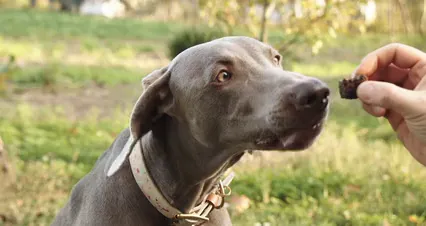
Transitioning to a Raw Diet
How to Introduce Raw Food
Transitioning your dog to a raw diet can be exciting. Start slowly to avoid digestive upset. Here’s a simple step-by-step guide:
- Choose a High-Quality Raw Food: Look for reputable brands offering balanced nutrition.
- Mix with Kibble: Begin by mixing a small amount of raw food with their kibble. Start with a 25% raw and 75% kibble ratio.
- Gradually Increase Raw Proportion: Over a week, slowly increase the raw food to 50%, then 75%, until you reach 100%.
- Observe Your Dog’s Reaction: Keep an eye on how your dog adjusts. Look for signs of digestive issues or allergies.
- Adjust as Needed: If your dog experiences discomfort, slow down the transition. Everyone’s dog is different!
Common challenges include refusal to eat raw or digestive upset. If your dog is hesitant, try warming the food slightly or mixing in their favorite toppings. You can also consult your vet for additional tips.
Track your dog’s response to the new diet. Noting their behavior and stool quality can help you adjust as needed.

Monitoring Your Dog’s Health
Monitoring your dog’s health during this transition is key. Keep an eye out for changes in energy, coat condition, or behavior. These can indicate how well they are adapting to the new food.
Regular veterinary check-ups are essential. Your vet can help ensure your dog remains healthy while adjusting to a raw diet. They can also provide advice tailored to your dog’s specific needs.
Consider maintaining a journal to track your dog’s progress. Documenting their health, behavior, and any changes in appetite can be very helpful. This information can provide valuable insights for you and your vet.

Storage and Handling of Raw Dog Food
Proper Storage Techniques
Storing bulk raw dog food properly is crucial for freshness and safety. Here are some essential tips:
- Freeze Immediately: If you buy in bulk, freeze portions right away to maintain freshness.
- Use Airtight Containers: Store thawed food in airtight containers to prevent contamination and spoilage.
- Label and Date: Always label containers with the contents and date to keep track of freshness.
When it’s time to serve, thaw food in the refrigerator, not at room temperature. This helps prevent bacterial growth. Serve food at room temperature for better taste.
Organizing your supplies efficiently can save time. Consider using a dedicated freezer for your dog’s food. This keeps everything in one place and makes meal prep easier.
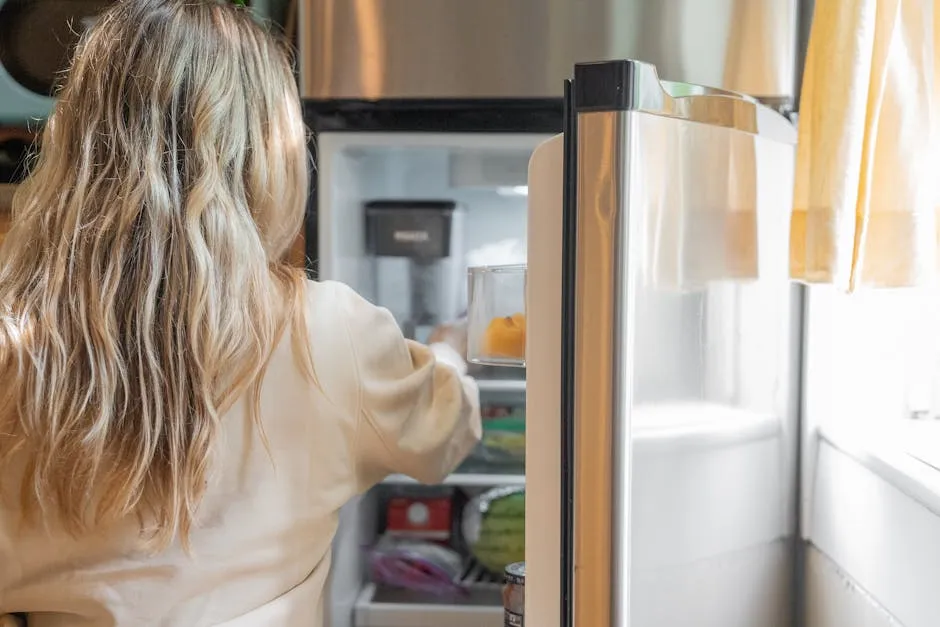
By following these storage tips, you can ensure that your dog’s meals remain safe and nutritious. And don’t forget to use an Airtight Pet Food Storage Bin to keep bugs and moisture away from your pup’s meals!
Safety Precautions
When handling bulk raw dog food, safety is crucial. To prevent cross-contamination, always use separate utensils for raw and cooked items. Designate specific cutting boards and containers for raw food only. This simple step can protect both you and your pet from harmful bacteria.
After handling raw food, it’s essential to clean your utensils and surfaces thoroughly. Use hot, soapy water to wash everything that came into contact with the raw ingredients. Don’t forget about your hands—wash them well too! This practice is vital for maintaining pet food hygiene.
Regularly sanitize your pet’s feeding area as well. A clean eating space helps prevent bacteria buildup. Implementing these safety measures ensures a healthy environment for your furry friend.
By adopting these best practices, we can all contribute to safer feeding habits. Your dog’s health deserves it, so let’s keep things clean and safe!

Conclusion
In this guide, we covered the essentials of bulk raw dog food. From understanding ingredients to safety precautions, knowledge is power. Bulk raw feeding can lead to healthier, happier pets, offering nutritional benefits and cost savings.
As you consider a raw diet for your dog, think about the long-term health advantages. Make informed choices that support their well-being. Transitioning to a raw diet might be the best gift you give your furry companion!
Why not start today? Your dog will thank you for it! And while you’re at it, don’t forget some Dog Vitamins and Supplements to ensure they stay healthy and strong!
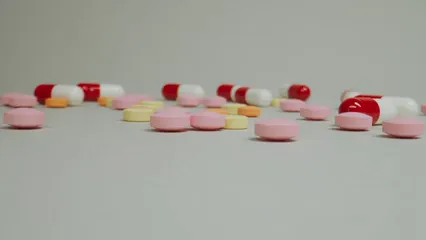
FAQs
What is bulk raw dog food?
Bulk raw dog food refers to purchasing larger quantities of raw ingredients for dog meals. It typically includes meats, bones, organs, and sometimes vegetables. This approach allows for better meal planning and can be more cost-effective.
Is raw dog food safe for my pet?
Raw dog food can be safe if handled properly. Always follow safety precautions to avoid contamination. Use separate utensils and clean surfaces thoroughly after preparation. Consulting with your veterinarian can provide further guidance on safely feeding raw diets.
How much bulk raw food should I buy for my dog?
Calculating the right amount of bulk raw food depends on your dog’s size and dietary needs. A general guideline is to feed 2-3% of your dog’s body weight in raw food daily. For example, if your dog weighs 50 pounds, aim for 1 to 1.5 pounds of raw food each day. Puppies and highly active dogs may require more, around 5% of their body weight. Always consider your dog’s activity level and health condition. It’s best to consult your veterinarian to tailor this to your dog’s specific needs.
Can I mix raw dog food with kibble?
Mixing raw dog food with kibble is a common question among pet owners. On the plus side, it can help with the transition to a raw diet. Some dogs may prefer the taste of mixed food. However, there are potential downsides too. Mixing diets can lead to digestive upset. Raw and kibble digest at different rates, which may cause stomach issues. If your dog has a sensitive stomach, it’s best to introduce raw food gradually and avoid mixing.
How do I know if my dog is thriving on a raw diet?
You can tell if your dog is thriving on a raw diet by observing several signs. A shiny coat and healthy skin are good indicators of proper nutrition. Increased energy levels and improved digestion are also positive signs. Pay attention to your dog’s stool. It should be firm and well-formed. If your dog seems playful and active, it’s likely that the raw diet is working well. Regular vet check-ups can help monitor their health throughout the transition.
Where can I find bulk raw dog food near me?
Finding bulk raw dog food is easier than you might think. Start by checking local pet stores or specialty shops that focus on natural diets. Many of these stores offer bulk purchasing options. Online retailers also provide bulk raw food delivery. Websites like Go Raw and Raw Feeders offer a variety of products and bundle deals. You can also look for local farmers or suppliers who sell raw pet food directly.
Are there any downsides to feeding raw dog food?
Feeding raw dog food has its challenges. Bacteria contamination is a primary concern. Raw meat can harbor harmful pathogens, so safety is key. Always follow proper storage and handling techniques. Additionally, some dogs may struggle to adjust to a raw diet. Issues like picky eating or digestive upset can arise. It’s crucial to monitor your dog and consult your veterinarian if any concerns develop. Transitioning gradually can help ease these challenges.
Please let us know what you think about our content by leaving a comment down below!
Thank you for reading till here 🙂
For more insights on the topic, check out our post on bulk raw dog food.
All images from Pexels

